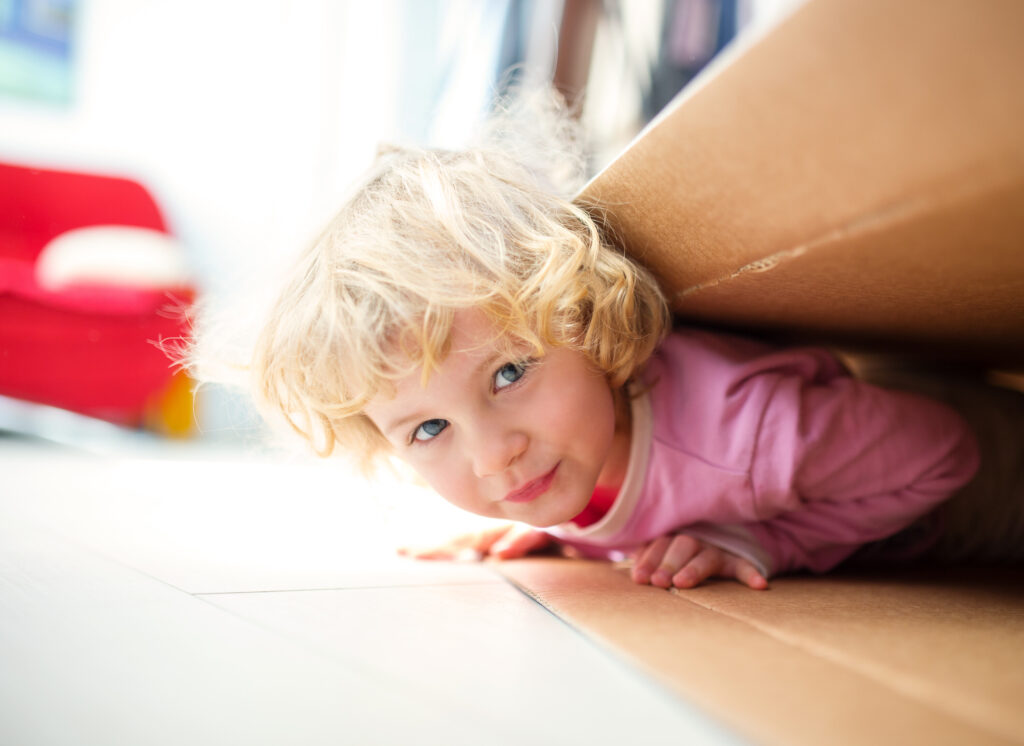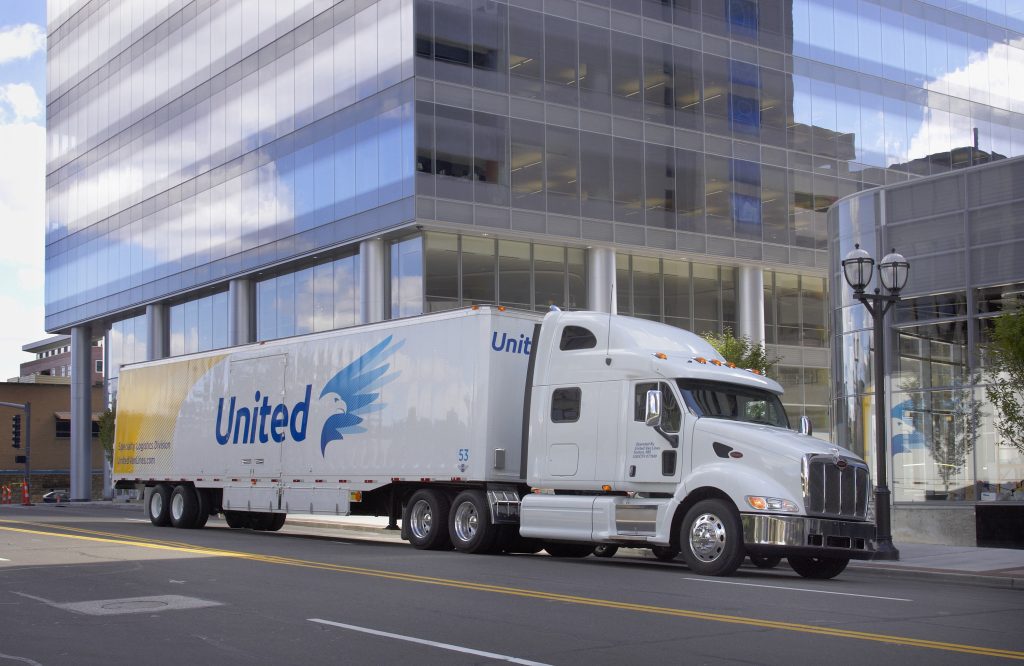Moving to a new home involves many lists, chores, and other to-do items. However, one essential factor parents don’t want to overlook is how a move might affect their preschoolers. While kids aged three to five might seem like they can go with the flow, a life-changing event such as a move can make even the most relaxed child feel pretty anxious and confused.
To help toddlers prepare for your family’s move, keep them in the loop in an age-appropriate way. Allow them to get comfortable with the idea of leaving familiar people and places behind. Consider the following strategies to ease them into feeling good about the transition associated with moving into a new home and area.
Keep Explanations Age Appropriate
Preschoolers are unlikely to comprehend what the concept of “moving” means entirely. Explain it to them, but keep it in simple terms. Don’t assume they don’t “need to know”; even a three-year-old should be kept in the loop at some level. During the weeks leading up to the move, try to introduce fun things to look forward to about the relocation, like seeing the big moving truck come, a new park around the corner from the new house, being closer to Grandma’s house, or anything else your child finds exciting.
An article in Parents Magazine quotes, “recruiting stuffed animals can be a good strategy,” according to Tamar Chansky, Ph.D., author of Freeing Your Child From Anxiety. So include your child’s favorite stuffed toy in the conversation. For example, “Mickey Mouse, you will be moving to a new house, but you’ll still get to sleep in Casey’s room.”
Stick to Routine
Young children thrive on the familiar, which is one of the reasons moving can be complicated for this age group. While a move undoubtedly disrupts your days, try to keep your preschooler’s routine as normal as possible. Ways to do this include sticking to the same bedtime, naps, meals, nighttime stories, and other essential daily events.
Pack Children’s Bedroom Last/Unpack First
To cause the least disruption in routine, plan to pack up your preschooler’s room last so they can comfortably live around their familiar belongings for as long as possible. Then, upon arrival in the new home, get your preschooler’s room set up on the first day as best as possible. This provides them with familiarity, comfort, and a sense of routine. For example, it’ll be far less scary if they play with their favorite blocks while the adults are busy or go to sleep while hugging Mickey Mouse at bedtime.
Take Day Trips to Your New Neighborhood
If possible and practicable, plan a few outings to your new neighborhood so your child can see your new house/apartment, community, and other things to help them feel more connected to your new area.
Pause for Plenty of Hugs
Every young child needs reassurance you haven’t forgotten about them amid the hustle and bustle. So it’s essential to stop and give them plenty of snuggles when packing up the house. When you’re giving them hugs, take time to listen to their concerns and show patience when answering their questions.
Moving Made Easy
Moving is challenging for adults. However, you must also consider their needs when you have young children. Hiring a professional mover can alleviate some of your burdens and give you more time to spend with your young ones before, during, and after your move.
We’re happy to answer any questions or concerns you have. If you’d like a free quote, contact us today!



